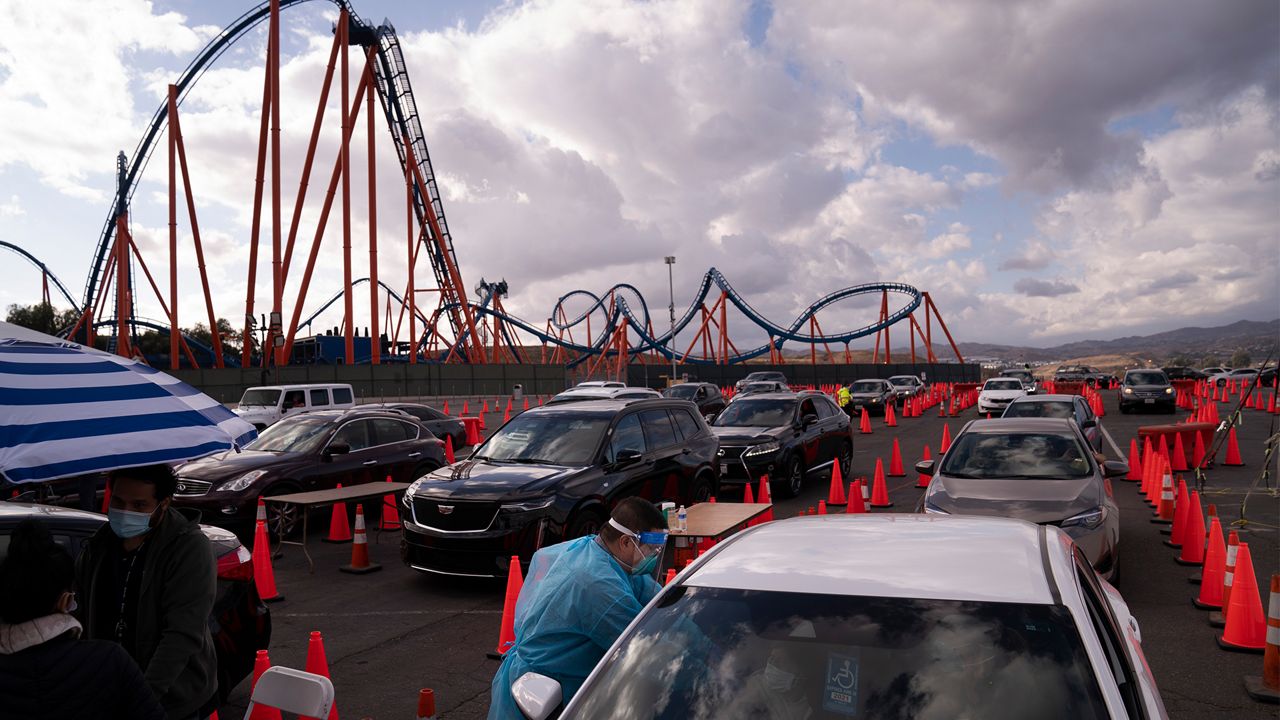ORANGE COUNTY, Calif. — When Andrew Noymer, a UC Irvine associate professor, saw that the Centers for Disease Control and Prevention had identified dozens of cases of COVID-19 variants in California, he didn’t think much of it.
The coronavirus has killed 420,000 people nationwide, more than 37,000 in California and at least 2,700 in Orange County. The winter flu season has complicated the hospital capacity crunch and led state officials to additional shutdowns of businesses.
Gov. Gavin Newsom on Monday rolled back restrictions, inviting restaurants to serve outdoors again starting on Friday.
Reports of new variants have surfaced across the country – and worldwide – sowing concerns over what threat may come next. But Noymer says nothing unusual has happened yet.
“Not all...of them, and maybe not any of them, are going to be the kind that comes back to harm us,” Noymer said.
California has recorded 90, one of the states with the highest number of cases. Florida has 92, while New York has identified 22.
Infectious disease mutations are natural, Noymer said, because it's constantly changing. The important thing to focus on is if it gains or loses functionality. Each time a new strain appears, it could drive down cases with severe symptoms. These new strains, some of which will be less harmful, may outcompete the worst versions of the coronavirus, he said.
But more harmful variants could appear.
“I think a number of us are concerned about the B117 strain and whether or not that will spread,” said Noymer, who specializes in disease prevention and public health.
That version has appeared in the United Kingdom and has led to recent shutdowns there. So far, it appears to cause the same symptoms as the initial coronavirus strain that took hold of the world – only it spreads more easily.
Noymer said inoculations could hold off new variants as more people receive the vaccine.
So far, current vaccines, especially the widely distributed Moderna vaccine, appear equal to the task. And so far, Noymer said, the coronavirus has behaved the way infectious diseases are expected to behave. Right now, the drop in cases is a positive sign.
“The numbers are moving in a better direction, and they tend to have a lot of momentum when they’re moving up and a lot of momentum when they’re moving down,” he said.
Local businesses have been eager to get back to work, some even operating through shutdown orders. Brad Avery, mayor of Newport Beach, said his city had suffered all the same even though many businesses continued operations.
“I think it was in some respects an overreach to do that shutdown of outside dining,” he said. “I’m very happy about this because our small businesses were reeling.”



